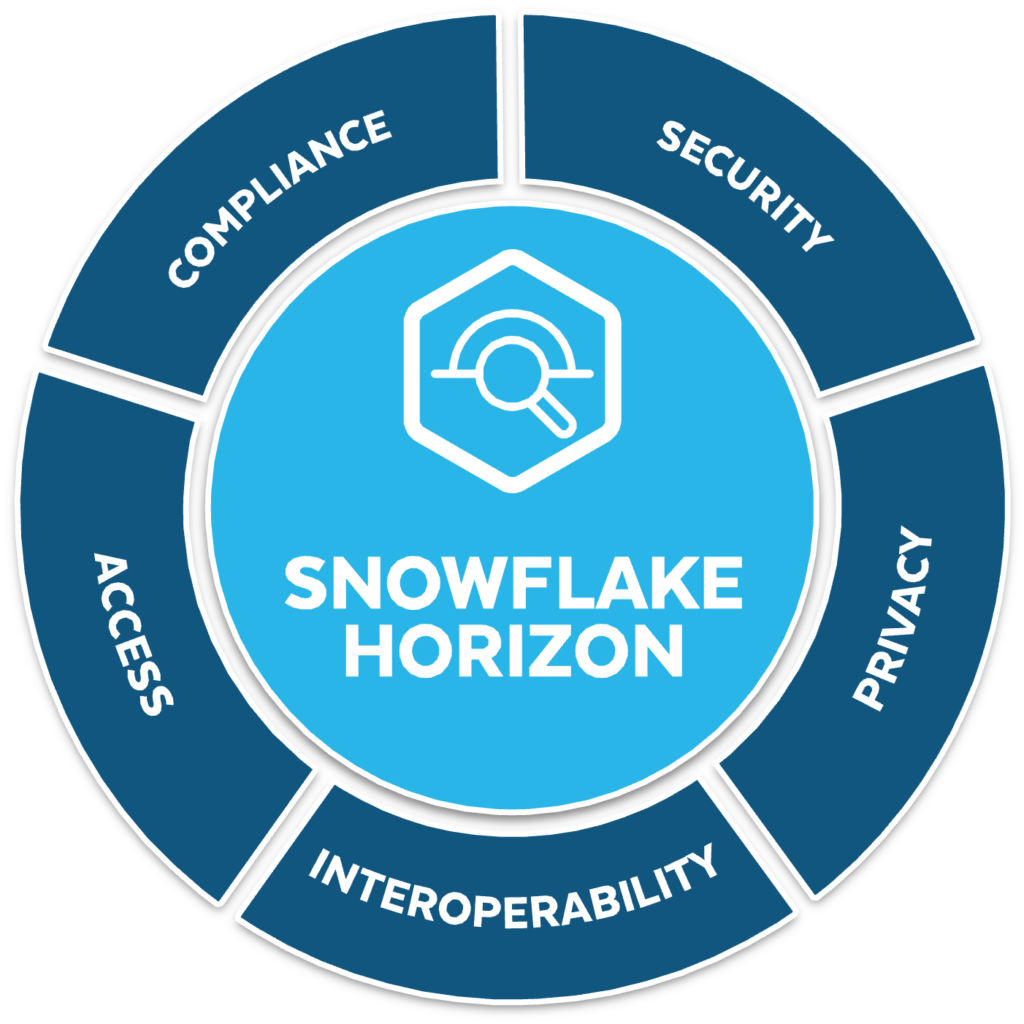Cloud computing has greatly elevated businesses all over different industries, while also revolutionizing data security. Moreover, it has also made it easier for organizations to manage data access for their clients.
One of the key things that organizations care about is who gets to access the company’s data, as well as the circumstances or conditions under which a user with access has to be restricted from using certain features.
Although public cloud shares your responsibility for security, there is still a need to govern data access in the cloud, since it can be crucial for running a business smoothly.
In this article, you will learn:
- What Does Cloud Data Access Mean?
- How Do Clients Access Their Cloud Data?
- Examples of Cloud Data Access
- What is Enterprise Cloud Data Access?
- How Do Organizations Ensure Cloud Data Access Security?
- What is Cloud Data Access Governance?
- Challenges of Data Management in an Organization
This is a chapter in our extensive access control guide.
What Does Cloud Data Access Mean?
In simpler terms, cloud data access refers to accessing data that has been stored on the cloud, instead of a local or physical server in your organization (or home). In essence, the data is stored physically somewhere, but you can access it from anywhere in the world, and someone else maintains the infrastructure for you.
This is the beauty of cloud computing, and it is also an integral reason why companies can conduct their operations much more smoothly all over the world.
All you need to gain access to data in the cloud is a computer, or a mobile device, such as a smartphone or tablet, and a stable internet connection. This makes it particularly useful for organizations to serve their clients better since all of their information and critical data is stored in a centralized location that can be accessed from anywhere.
How Do Clients Access Their Cloud Data?
Hundreds of thousands of businesses have already migrated their data infrastructure and operations to the cloud. This means that the public cloud providers are now in charge of some of the aspects of their data access and security. Moreover, this makes it much easier for clients to gain access to their data in real-time.
Data that is stored in the cloud can be accessed by vising the website or mobile application of the cloud services provider, and some of the popular names in this industry include Google Drive, Apple iCloud, Gmail, Dropbox, and several others. Organizational data in the cloud is often analyzed with cloud-based BI tools.
Basically, your data is hosted on physical servers by these companies, and you get to access them through the internet by using any device. So, you can see that cloud storage providers aren’t the only companies that make use of data access tools to provide services to their clients.
Similarly, any business that has clients with access to their cloud can cater to them rapidly. The client simply has to enter their credentials and log in, following which they will continue to see the content or data that is stored in the cloud. It is important to mention that a data consumer should not be able to access the entire data you store in a cloud data store, but only what they’re authorized to access.
This is where cloud access control comes into play. Consider Netflix, one of the pioneers in video streaming services. When you log on to your Netflix account in the US, you are only shown the movies and TV series that are in the US catalog. However, when you open the same account overseas, you would be shown titles from their localized catalog.
Regardless of whether this is an effective authorization strategy or not, in the same way, an organization needs to have clear security policies about which users can access what data and under which conditions.
Examples of Cloud Data Access
The example that we have shared in the previous section is only a general representation of how cloud data access works, and there are several ways in which clients can access data in the cloud.
Cloud-based Access Through RDBMS
RDBMS refers to the Relational Database Management System, which is deployed in several cloud services and allows users or clients to access data through commands written in Structured Query Language, or SQL. The RDBMS is deployed in the SQL server for several cloud services, including Amazon Web Services (AWS).
Cloud-based Data Warehousing
A cloud data warehouse refers to a database that is stored in a public cloud as a managed service. It is optimized for business intelligence and analytics, and contains unstructured and unified data. This makes it suitable for various business applications, and also allows organizations to meet the ever-changing requirements of their clients. Moreover, it enables clients to access their data much faster. Examples of cloud based data warehouses include Snowflake (read our dedicated Snowflake Security guide here), Redshift (read our dedicated Redshift security guide here), BigQuery and Azure Synapse.
Cloud Data Lake
Cloud data lake is an effective way for clients to access their cloud-based data. It refers to a centralized repository hosted on the cloud, on which companies can store their structured and unstructured data. Moreover, organizations can use it for a variety of applications, including analytics and reporting. This also enhances data security for clients.
Read more in our guide to data lake security.
What is Enterprise Cloud Data Access?
The enterprise cloud is a structural model in which organizations gain access to virtual resources from a cloud services provider as per a pay-per-use model. These resources include:
- Servers
- CPU cores
- Data storage
- Network infrastructure
- Virtualization
This allows businesses to cut down on their operational costs, while also optimizing business operations and enhancing network security.
There are two different types of enterprise cloud data access: public and private cloud.
- Public cloud services, such as Amazon Web Services, Google Cloud Platform, Azure and others, offer IT resources to a wide range of clients.
- In the private cloud, companies set up their own hardware and software resources.
How Do Organizations Ensure Cloud Data Access Security?
Cloud security refers to the protection of data, information, applications, and environments. It is designed to protect cloud computing environments against unauthorized access or use, as well as cyber-attacks, hacking, malware, and other risks.
Data security is closely linked to access controls because properly assigning permissions to users in a system ensures that resources, data, and other variables aren’t compromised.
There are several ways in which organizations can ensure cloud data access security, some of which include:
- Training the workforce
- Implementing a data-centric security plan
- Employing Multi-Factor Authentication (MFA)
- Assigning stricter permissions for the cloud
These methods only scratch the surface of cloud data access security, but they set organizations on the course to protect their system resources and applications.
What is Cloud Data Access Governance?
For any organization, cloud data access security is nothing without a mechanism to protect and strengthen it, and this is known as cloud data access governance. It involves the use of automated tools to implement access controls according to the ‘least privilege’ policy, since IT is rapidly evolving and more organizations are switching to the cloud for more flexibility and smooth operations.
However, when critical IT resources and assets are migrated to the cloud, sensitive data resides on it too, which means that it lies out of the scope of the organization to protect that data. Therefore, it becomes all the more important for companies to enforce stricter access control policies to ensure that not everyone has access to the data on the cloud.
Challenges of Data Management in an Organization
Cloud data management makes it much easier for companies to provide customers with valuable data at a faster pace and with higher accuracy. However, there are several challenges that organizations can face when it comes to data management on the cloud.
Data Management Issues
For starters, organizations can face data management issues, which can occur due to a poorly executed strategy with loopholes, as well as failed tactics and improperly planned projects to deliver services to clients. To navigate around it, organizations should be able to align their strategies with their business goals and objectives.
Data Management Risks
Risks are always a part of data management. That’s why organizations should gauge their risk tolerance and weave it into their strategy, which should also be comprehensive and collaborative.
For more information, read our dedicated data management guide.
Conclusion
Data is important to businesses and it’s vital that you can access it whenever you need to. That’s why cloud computing is such an excellent asset to business owners. It makes data access much easier, which opens up a whole world of possibilities.
This concludes our guide to cloud-based data access, and how clients can access their data in the cloud infrastructure. Simply having a cloud-based system isn’t enough – it is important to ensure that your cloud database adds value to the business.
Securing Cloud Data Access With Satori
Satori helps streamline access to data stored in cloud data warehouses and databases. It enables simple access controls without the need of intensive data engineering resources, fine-grained access, RBAC and ABAC.



